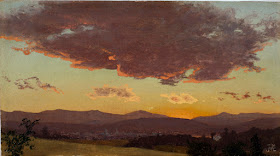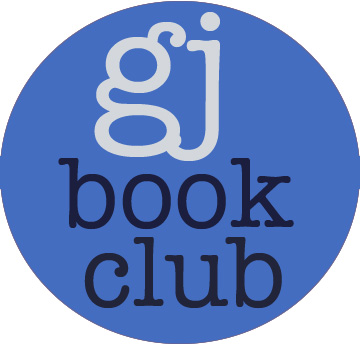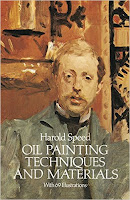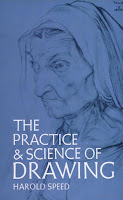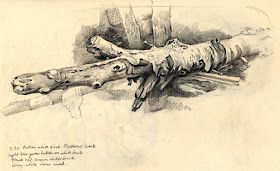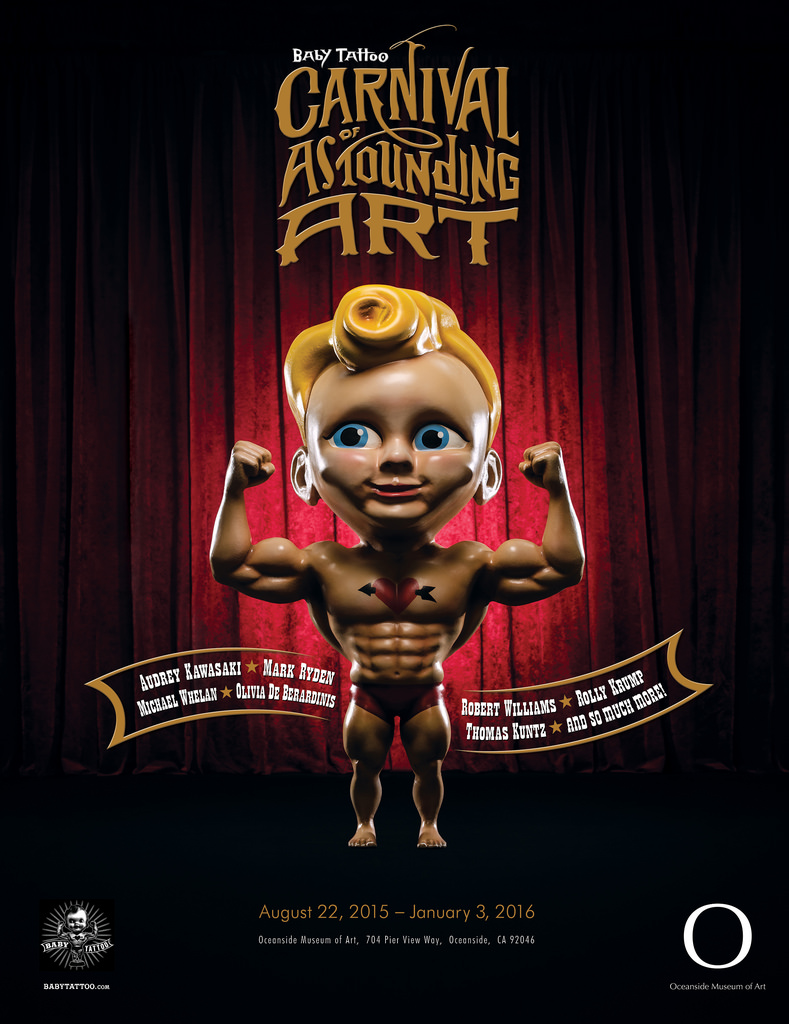 |
| Jervis McEntee, The Woods of Asshockan, Catskills (1871), St. Johnsbury Athenaeum |
The first exhibition is called "Jervis McEntee: Kingston’s Artist of the Hudson River School" and it's at the Friends of Historic Kingston gallery.
The Kingston exhibit is a small show, but it has a variety of attractions, including easel paintings, location studies in oil, pencil sketches, photographs, letters, and other documentary material, all of which puts McEntee in a historical context.
McEntee began studying with Frederic Church in 1850, and learned from him a love of painting faithful small studies of forest scenes, sunsets, and trees. They traveled together on painting junkets to Mexico and other locations throughout their lives.
The son of an engineer who helped develop the bustling D&H barge canal that terminated in Kingston, McEntee himself avoided industrial subjects, and gravitated instead to the bucolic scenes that were fast receding in 19th century America.
His circle of friends included notable writers, actors, architects. Among his artist friends were not only Frederic Church, but also Sanford Gifford, John F. Weir, and Worthington Whittredge.
McEntee and his wife occupied one of the legendary Tenth Street Studios in New York, a fertile meeting ground for artists and illustrators in late 19th century America.
In addition to his paintings, McEntee contributed a detailed daily journal of his observations about nature, art, and daily life. His journal was recently digitized by the Archives of American Art at the Smithsonian, and is available free online.
He was frequently depressed as his fortunes ebbed. The journal makes for fascinating reading, because he had the same problems with galleries that contemporary painters do. On January 4, 1883, he wrote: "Beginning to be worried with money anxieties. They don't send my money for my picture sold in Brooklyn nor reply to my inquiries. I can't stand being asked for money when I have none."
 |
| Jervis McEntee, View Facing the Catskills, 1863, oil, Private Collection |
 |
| Jervis McEntee, Autumn Reverie, 1880, oil on canvas, David and Laura Grey Collection |
Kingston Exhibition: "Jervis McEntee: Kingston’s Artist of the Hudson River School" is at the Friends of Historic Kingston gallery at 63 Main St. in Kingston and will run through October. The museum is only open Fridays and Saturdays from 11 am to 4 pm through Oct. 31, 2015. There will be "Noontime Conversations" by noted artists and art historians held on Fridays during the month of September.
The catalog of the Kingston show is called Jervis McEntee: Kingston's Artist of the Hudson River School
New Paltz Exhibition: The New Paltz exhibition is called "Jervis McEntee: Painter-Poet of the Hudson River School" It will be on view at the Samuel Dorsky Museum in New Paltz through December 13.
The New Paltz show catalog is titled Jervis Mcentee: Painter-Poet of the Hudson River School. This 130-page monograph presents new scholarship by exhibition curator Lee A. Vedder along with contributions by Kerry Dean Carso, a scholar of the historic Hudson Valley and professor at SUNY New Paltz; and American studies professor David Schuyler, the leading historian on McEntee.
----
Jervis McEntee on Wikipedia



